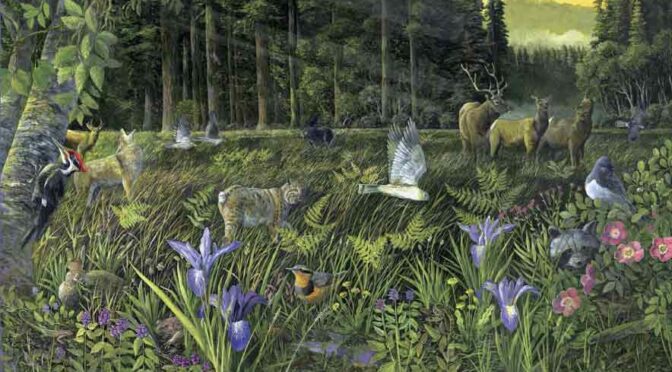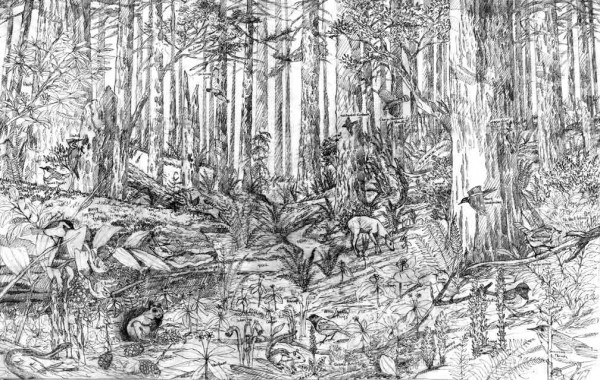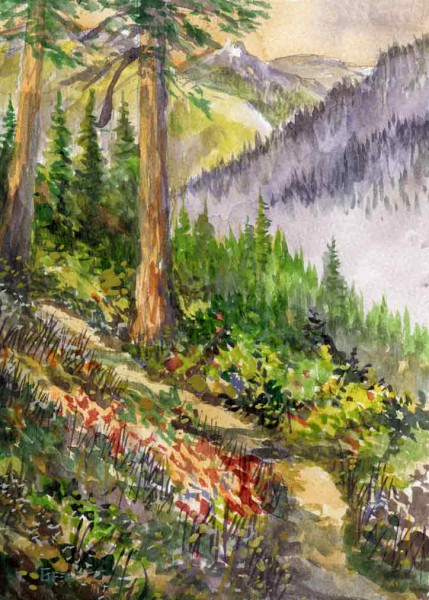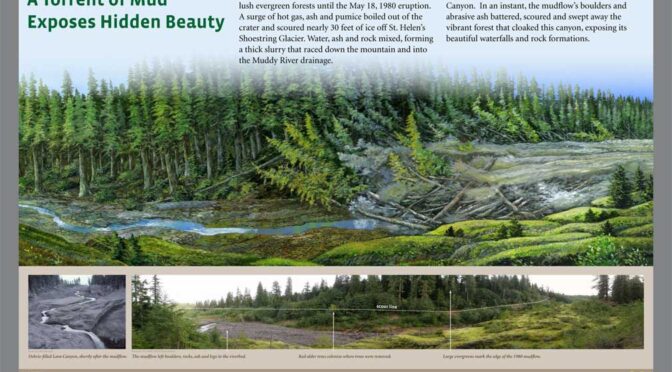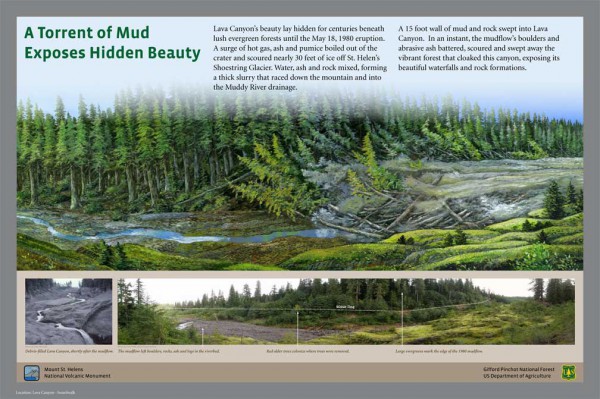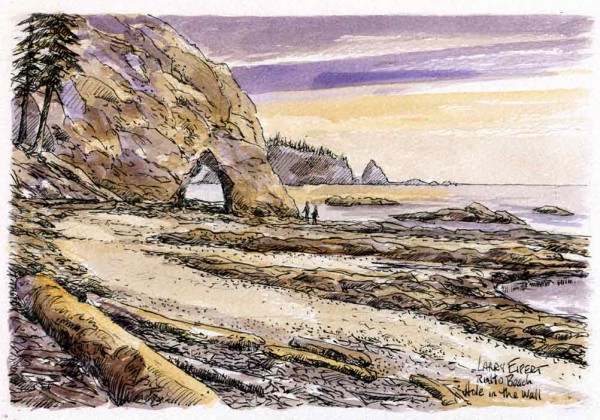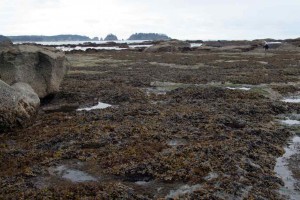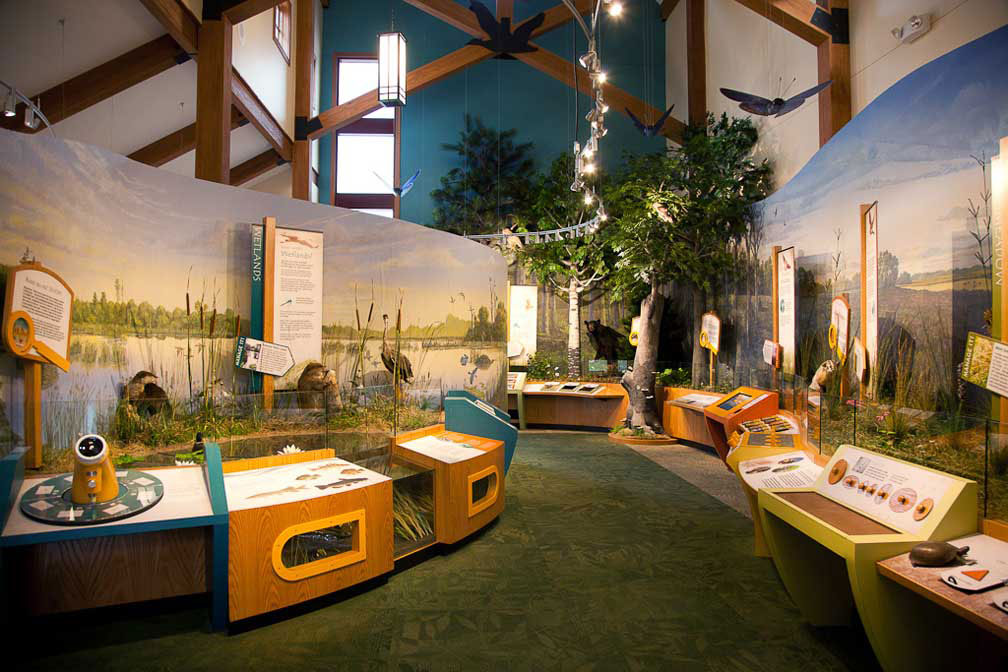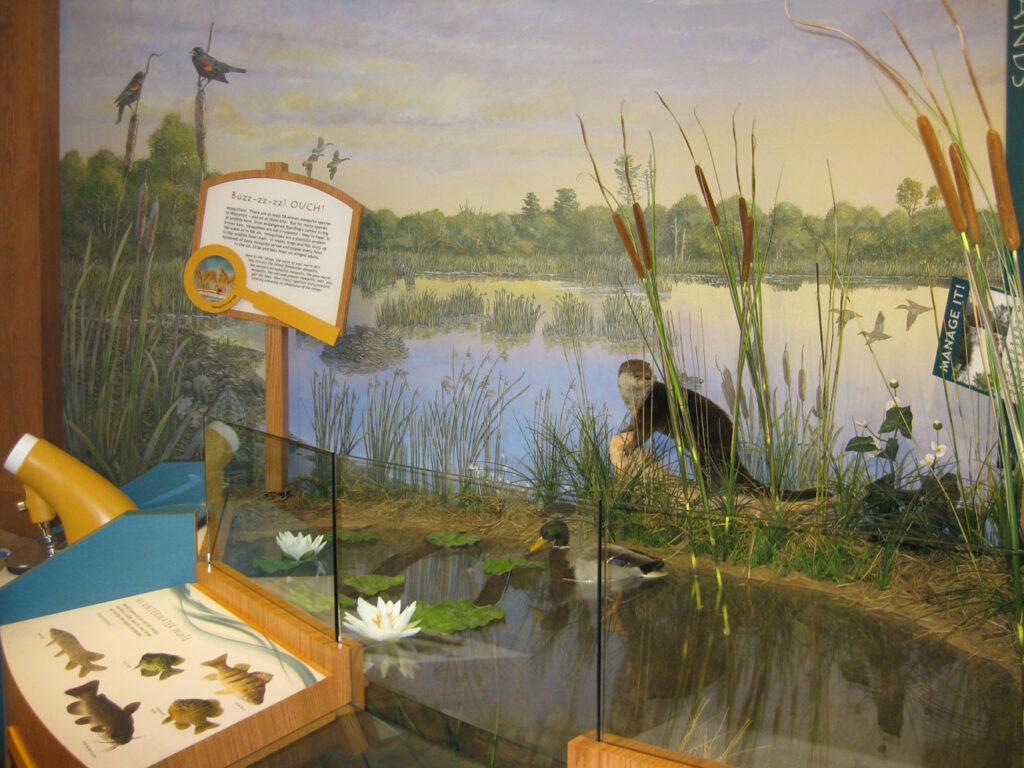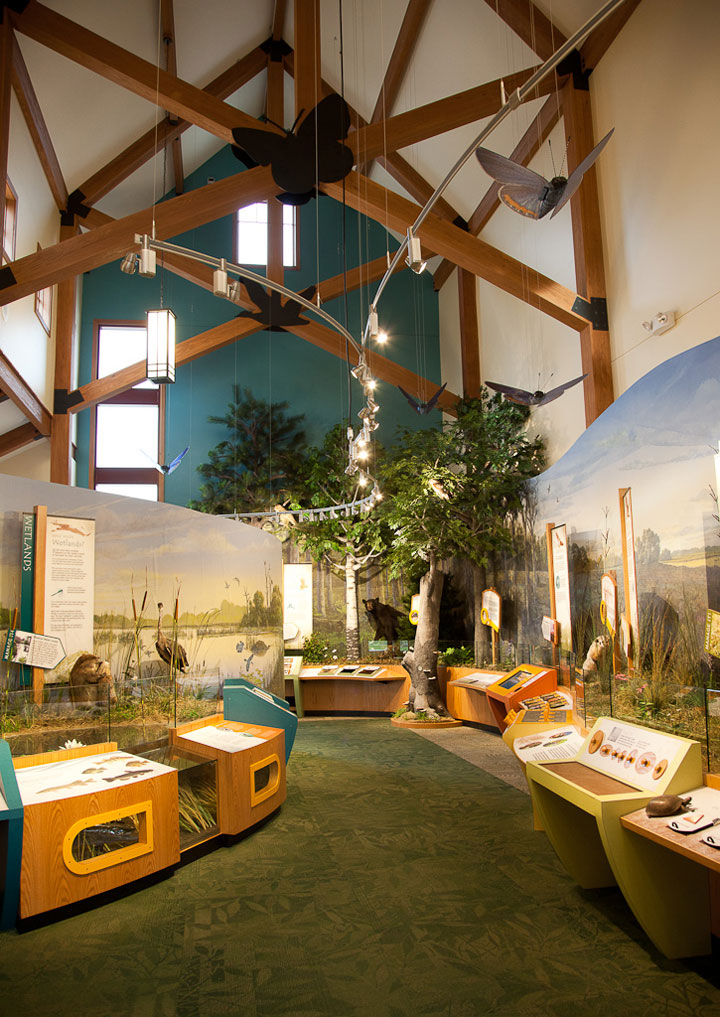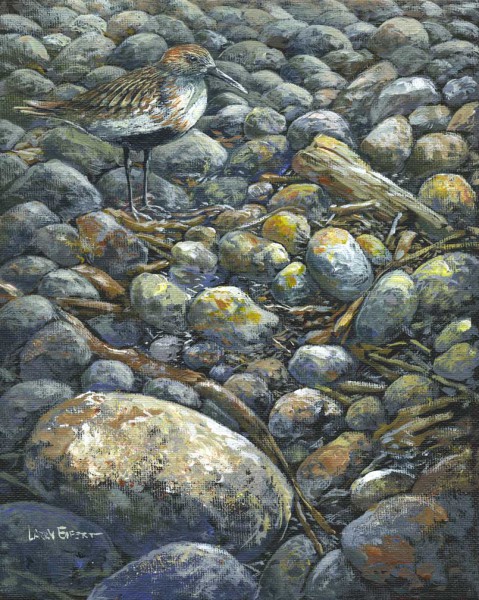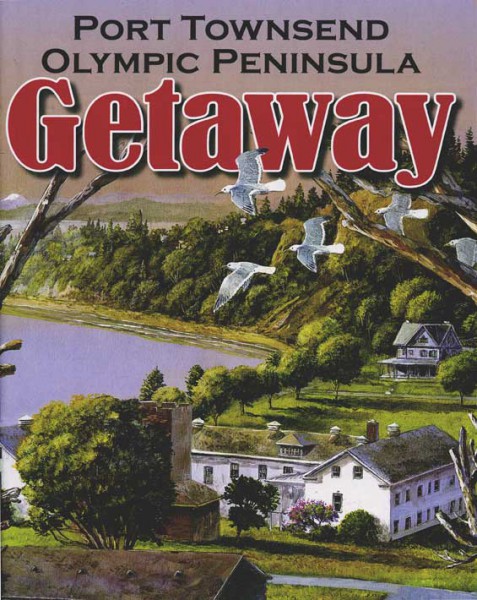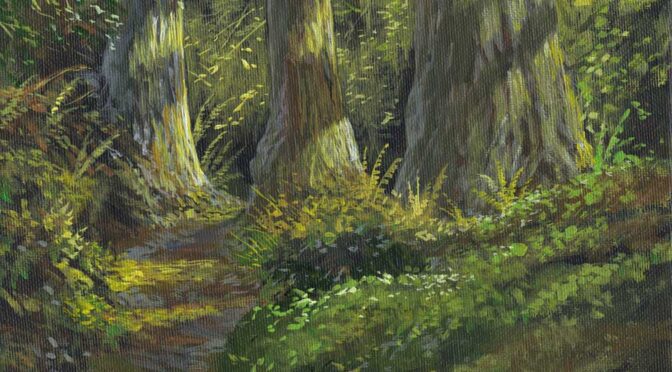Not that I’m complaining, but just when IS summer play time? Well, not right now.
I’ve been working on three sizable projects at once. This one is my current midnight-panic-attack. It’s not my usual painterly-project, but interesting as always and I’ll be posting progress in the next few weeks (on the project, not my nighttime worries that it won’t be finished in time).
So… if you’ve read these posts over the past year, you’ll know I’ve created a bunch of art and interpretive panels for the Feiro Marine Life Center in Port Angeles, WA. This is the next phase of that, an outside 39-foot wall collage near the other installation. Opening date is September 17th when all sort of luminaries come to town for the kick-off of the Elwha Dam removal project, the nation’s largest dam removal and river restoration so far. I’ve been involved with this unfolding event in many ways over the past few years, and it’s exciting stuff for both Nancy and I. The very fact that they’re using art to interpret this visionary project is very forward-thinking.
My job this time is to create a dozen panels that tell the story of how the dams changed the region over the past century – and specially the town of Port Angeles on the Olympic Peninsula. Betsy and Deb are providing the fabulous text like they did on the other installations, while I’m doing the signage, computer design and handling the fabrication and installation. Like a giant jigsaw puzzle, this all has to fit together somehow. For once it’s not a mural or original art, but I’m learning lots about the region’s history at at the Clallam County Historical Society. I grew up watching my mom research history this same way, except that now I have a laptop and flatbed scanner. Times have changed.
I’ll post more as this gets closer and the details are filled in, but for now the photo shows where we are – in mockup stage.
Thanks for reading this week.
Larry Eifert
Click here to go to the online blog this was to.
Click here to go to our main website – packed with jigsaw puzzles, prints, interpretive portfolios and lots of other stuff.
Click here to check out what Nancy’s currently working on with her photography.

